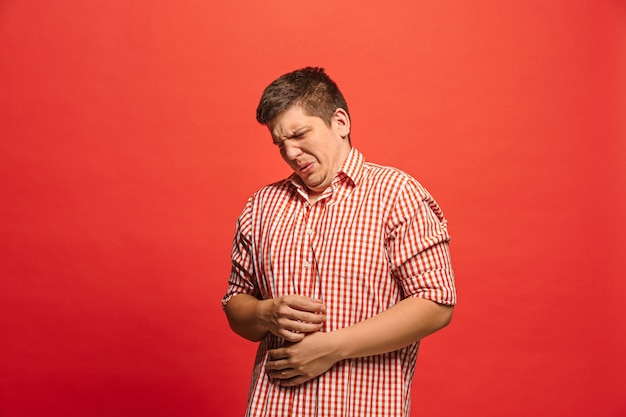Digestion is an amazing and intricate process that keeps us alive by turning our food into usable nutrients. It involves both chemical and physical changes that make food absorbable by our body. Let鈥檚 dive into how our digestive system works and the roles different organs and enzymes play in this process.
Our digestive system is like a long tube running from our mouth to our anus. It includes several key organs, each playing a specific role in digestion. These organs are the mouth, esophagus, stomach, duodenum, and intestine. Additionally, the liver and pancreas produce enzymes that help break down food.
Digestion starts in the mouth. Here, the teeth’s mechanical action and salivary enzymes chemically break down the food. Together, they turn the food into a soft, moist lump called a food bolus. Chew involves the masticatory muscles, tongue, and salivary enzymes. One important enzyme here is ptyalin, which helps digest starches found in foods like cereals.
After the mouth, the food bolus travels down the esophagus, a muscular tube connecting the throat to the stomach. Swallowing triggers muscle contractions in the esophagus, known as peristalsis, moving the food downwards. The esophagus also has small glands that keep it lubricated, ensuring the smooth passage of the food.
In the stomach, the food bolus is exposed to strong acids and digestive enzymes. Gastric juices, which contain hydrochloric acid and the enzyme pepsin, further break down the food, especially proteins. The stomach鈥檚 muscular walls churn the food, mixing it with gastric juices and turning it into a substance called chyme.
Chyme then enters the duodenum, the first part of the small intestine. Here, it mixes with bile from the gallbladder and digestive enzymes from the pancreas. Bile helps break down fats, which are then digested by pancreatic enzymes. Pancreatic amylase and proteases continue breaking down carbohydrates and proteins. Bicarbonate from the pancreas neutralizes the acidic chyme.
Digestion and absorption continue in the small intestine, specifically in the jejunum and ileum. These sections have numerous villi and microvilli, tiny projections that greatly increase the surface area for absorption. Nutrients like amino acids, simple sugars, and fatty acids pass through these structures into the bloodstream. The remaining undigested food residues move into the large intestine where water is reabsorbed, and the leftover material is formed into feces and eventually expelled from the body.
In summary, digestion is a sophisticated process involving multiple organs and enzymes, each performing essential tasks to convert food into nutrients the body can use. Understanding this journey highlights the importance of a healthy diet and proper eating habits in maintaining our overall health.







